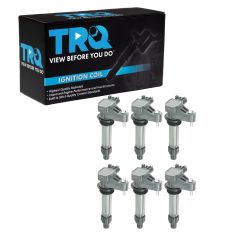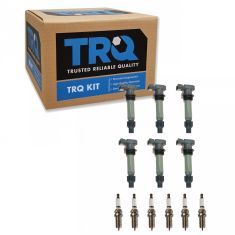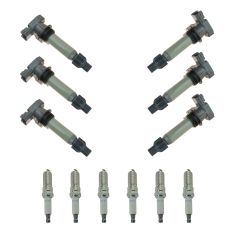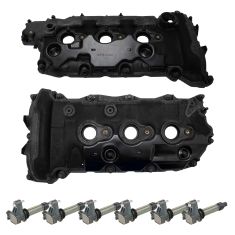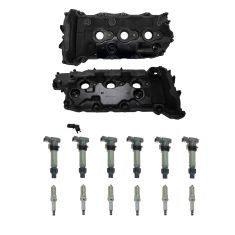1AECI00264-Ignition Coil TRQ ICA61830
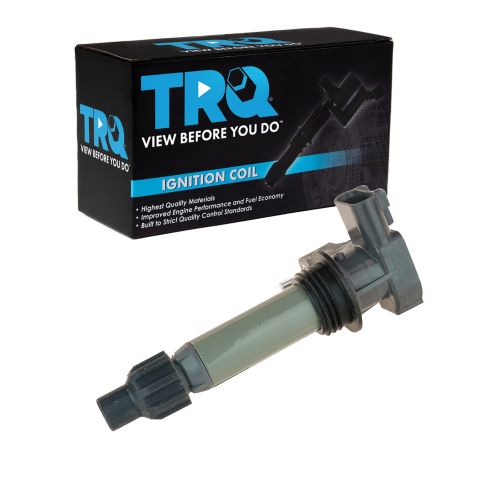
Replaces
2013 Chevrolet Traverse V6 3.6L Ignition Coil TRQ ICA61830

Product Reviews
Loading reviews
4.00/ 5.0
2
2 reviews
Late delivery
December 26, 2018
I received my part on 12/25/18 , I ordered this part on 12/12/18 .
This is the first time that 1A has taken this long to deliver.
I must say I received the same quality of factory replacement part and at a very good competitive price. I will continue to order from 1A because of this and the free delivery.
Over all 1A auto is my number 1auto parts store.
I will be ordering another part this
C Dan Sr.
April 14, 2024
Perfect
Customer Q&A
Is this an oem part ?
January 27, 2021
10
Thank you for your question. This ignition coil is the TRQ brand and built based on original equipment.
January 28, 2021
Ricale A
Is this just for 1?
February 27, 2023
10
Yes, this is just for one.
February 28, 2023
Andra M
Chevrolet is a registered trademark of General Motors Company. 1A Auto is not affiliated with or sponsored by Chevrolet or General Motors Company.
See all trademarks.









